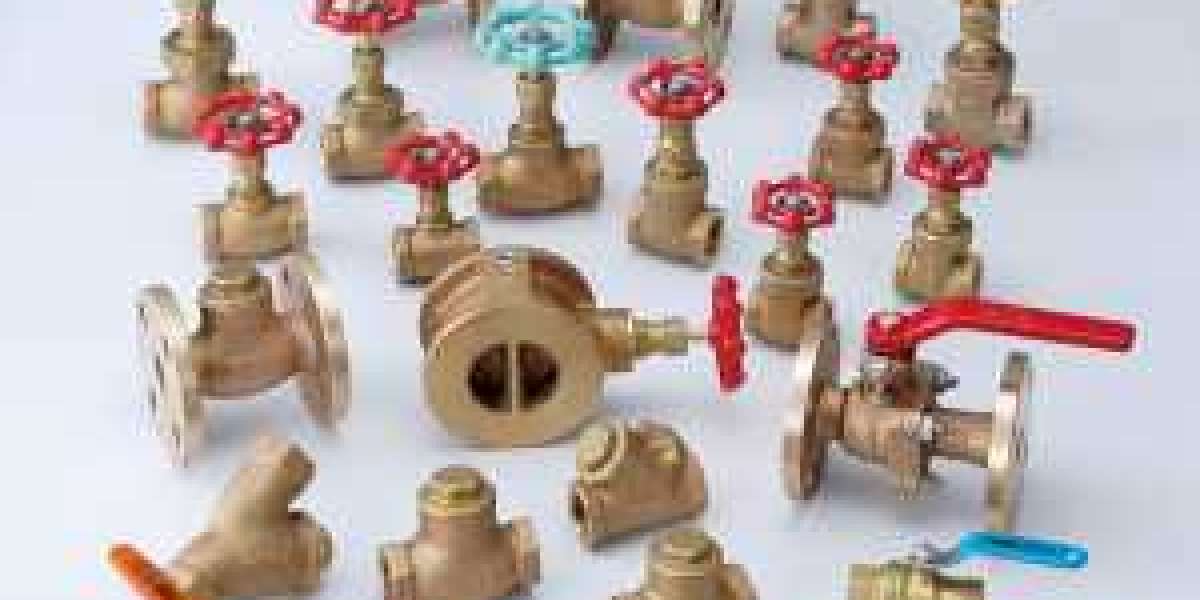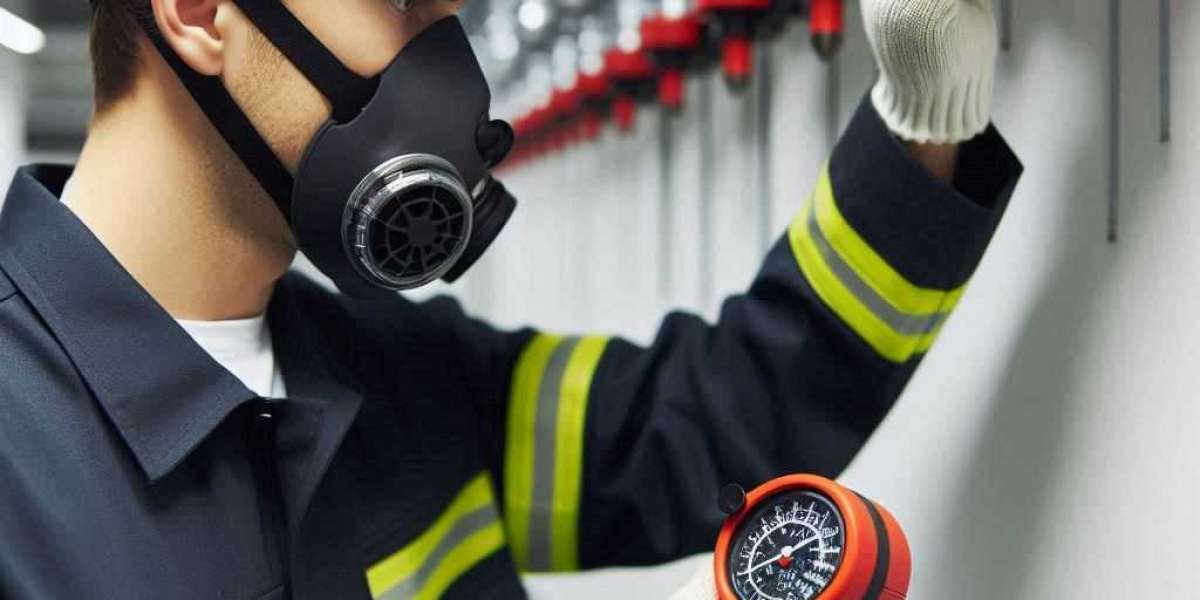Brass actuated valve is a high-performance automated valve that combines the corrosion resistance of a brass valve body with the precision of an actuator—either electric or pneumatic. This type of valve is widely used in industrial, commercial, and residential systems where remote or automatic control of liquid or gas flow is essential. The integration of automation allows for fast, reliable operation with minimal human intervention, making the brass actuated valve a smart choice for modern flow control solutions.
What Is a Brass Actuated Valve?
A brass actuated valve is typically a ball or butterfly valve made with a brass body, which is fitted with an actuator that opens or closes the valve automatically. The actuator receives a signal—either electrical (from a control panel or PLC) or pneumatic (compressed air)—to rotate the valve to a specified position. These valves are often used in systems that require frequent or remote operation, or where safety and efficiency are critical.
Types of Brass Actuated Valves
Electric Actuated Brass Valve
Uses an electric motor to rotate the valve.
Ideal for automated systems and remote operation.
Pneumatic Actuated Brass Valve
Operated by air pressure.
Offers fast response and is commonly used in industrial environments.
2-Way Brass Actuated Valve
Controls flow on/off between two ports.
3-Way Brass Actuated Valve
Diverts or mixes flow between three ports.
Available in L-port or T-port configurations.
Key Features
Brass Construction: Provides excellent corrosion resistance and strength for use with water, air, oil, and non-aggressive chemicals.
Automated Operation: Enables hands-free flow control, reducing labor and increasing system efficiency.
Quick Response: Especially with pneumatic models, operation is fast and highly repeatable.
Compact Design: Fits into tight installations while offering powerful actuation.
Fail-Safe Options: Some models return to a default position in case of power or pressure loss.
Advantages of Brass Actuated Valves
✅ Durability: Brass offers high wear resistance and long service life.
✅ Remote Accessibility: Control valves from control rooms or building management systems.
✅ Precision Control: Ensures accurate and consistent operation in automated processes.
✅ Low Maintenance: Requires little upkeep once installed and calibrated.
✅ Versatile Media Compatibility: Works with various fluids and gases across different pressure and temperature ranges.
Typical Applications
Water Treatment Systems: Automated control of inlets/outlets, filters, and chemical dosing.
HVAC Systems: Regulates heating and cooling water flows.
Industrial Automation: Integrates with control systems for production and processing lines.
Irrigation Networks: Enables timed or sensor-based water distribution.
Pneumatic Hydraulic Systems: Used for diverting or stopping flow quickly and safely.
Installation Tips
Confirm compatibility with media, pressure, and temperature specifications.
Ensure the actuator has the correct voltage or air pressure rating.
Align the actuator properly with the valve stem before mounting.
Connect signal wires or air lines securely for consistent performance.
Test valve operation manually before integrating into automated systems.
Limitations
❌ Cost: More expensive than manual valves due to added automation.
❌ Environment Sensitivity: Electric actuators may need protection from moisture or dust.
❌ Not for Aggressive Chemicals: Brass may corrode in acidic or chloride-rich environments.
Conclusion
The brass actuated valve is a modern solution for automated fluid and gas control. Combining the toughness of brass with advanced actuation, it provides precise, hands-free operation in a wide range of applications. From industrial manufacturing to smart irrigation systems, the brass actuated valve enhances system efficiency, reliability, and safety—making it a preferred choice for engineers and technicians worldwide.








